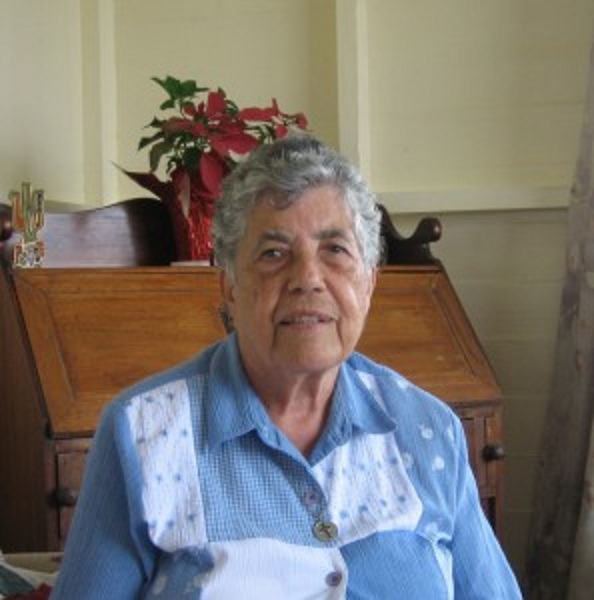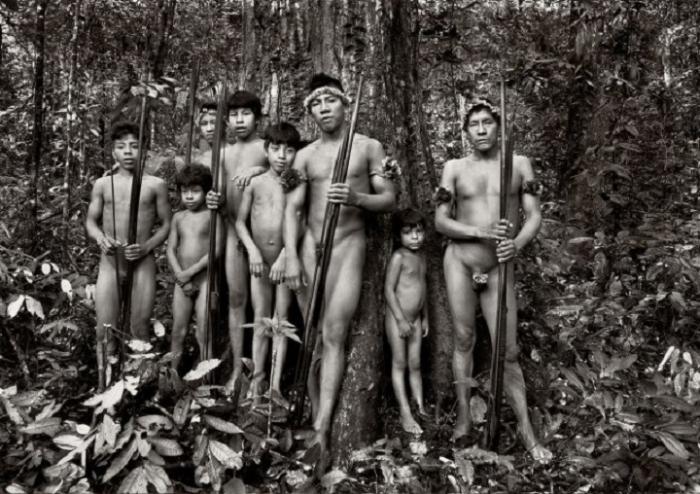Although the Madeiran immigrants of the 1830s came to Guyana to work in the fields, the venture was not a success. They readily succumbed to the heat and to disease (and ended up being fed by the ‘Africans’). In a relatively short time, they moved into trade, and became the colony’s shopkeepers. By 1851, ½ of British Guiana’s shops were Portuguese.
Farming in Madeira is and was a very different matter. Due to the steepness of the land, any area that is vaguely level is highly valued. Typically, a farm will keep two cows, which are considered too precious to wander and which are treated like pets and kept in little houses (see picture). Meanwhile, the valley bottoms have to be avoided; every winter, they get hit by flash floods that bring with them tree trunks and massive boulders. I saw at least one mountain village that had had its flanks ripped away by the torrents.
Almost all the work is still done by hand, with hoes and picks (I never saw a tractor or a donkey). It is however rewarding work; the fertile volcanic soil yields a range of crops from sugar cane to bananas. In fact, everything grows big here, and you see giant heather trees, giant avocadoes and giant Lily of the Valley. Best of all however are the grapes, which produce the fabulous Madeira wine






